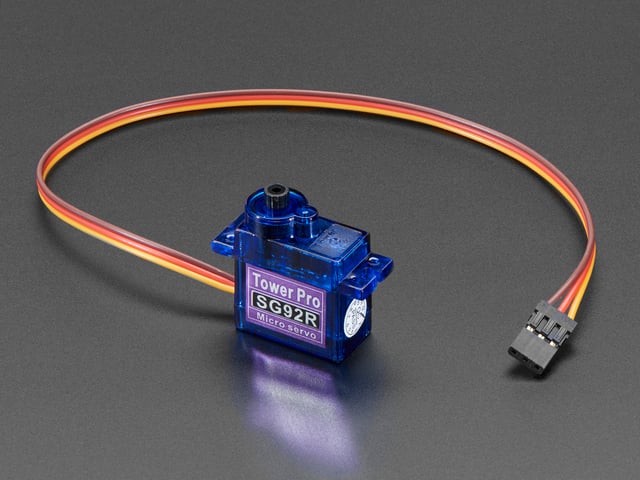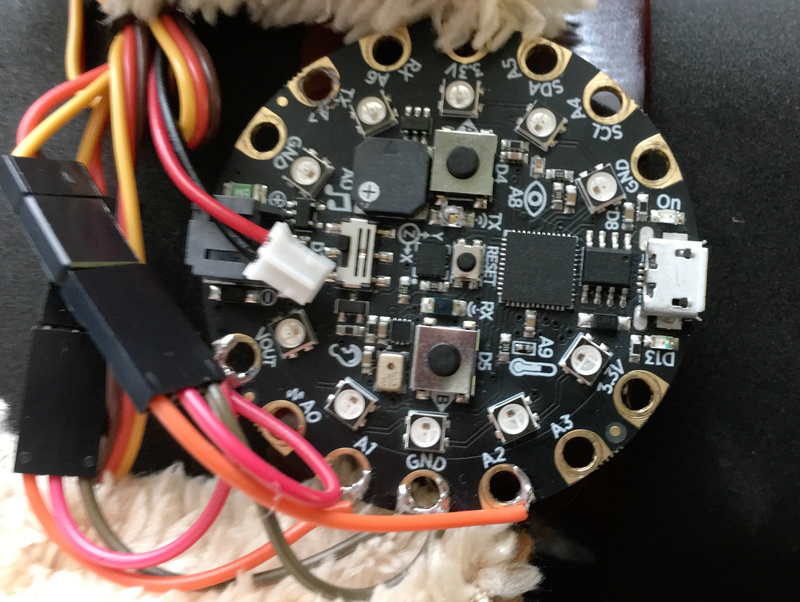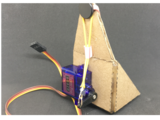This project is a reuse of the project built in the Circuit Playground Express Perk-up Ears guide. It's a good example of how you can find new and interesting ways to reuse or extend an cool bit of hardware.
So if you built the perk-up ears headband from that guide, charge up the battery, and plug in the USB cable. Otherwise, work thought that guide to build the servo-ears headband.
Parts
This project uses a Circuit Playground Express, 2 servos, and a LiPo battery. Any size battery can be used, but the 1200 mAh model is a good balance between size and lifespan.




Supplies
- Headband
- Construction paper
- Corrugated cardboard
- Hot glue and glue gun
- 2 rubber bands of an appropriate size
- Felt, faux fur, or fabric as desired to cover the ears
- Jumper wire with male pins if you want to solder to the CPX for a more robust connection
- flexible/stranded wire to use as an actuator
- 4 pieces of stiff wire (long male header pins work well) and wire to mechanically connect the servo























































